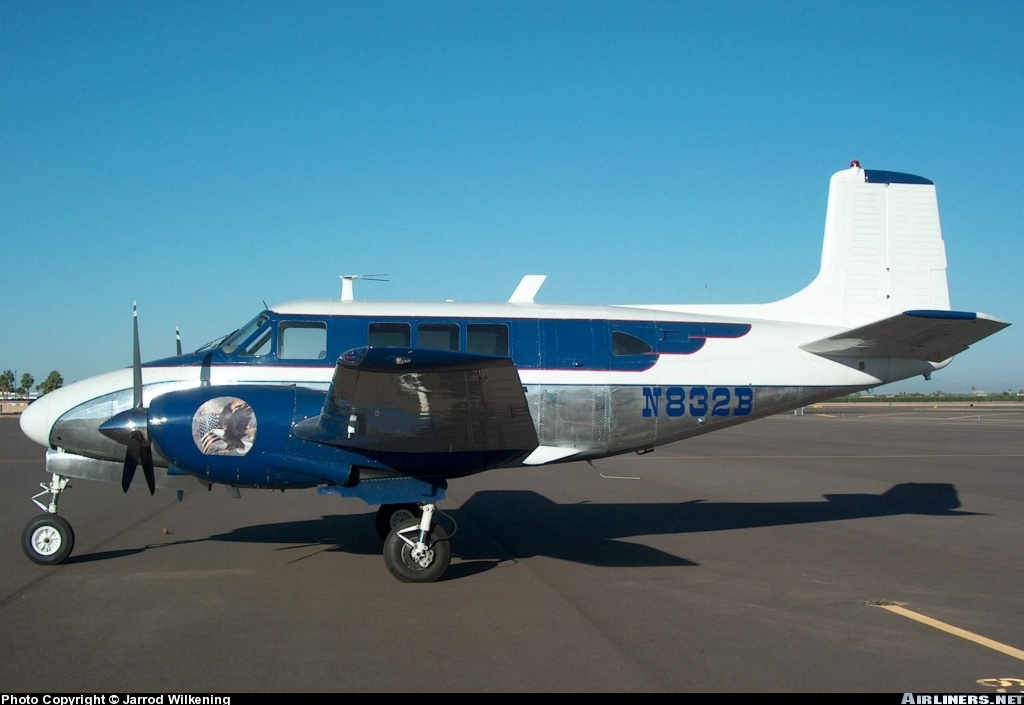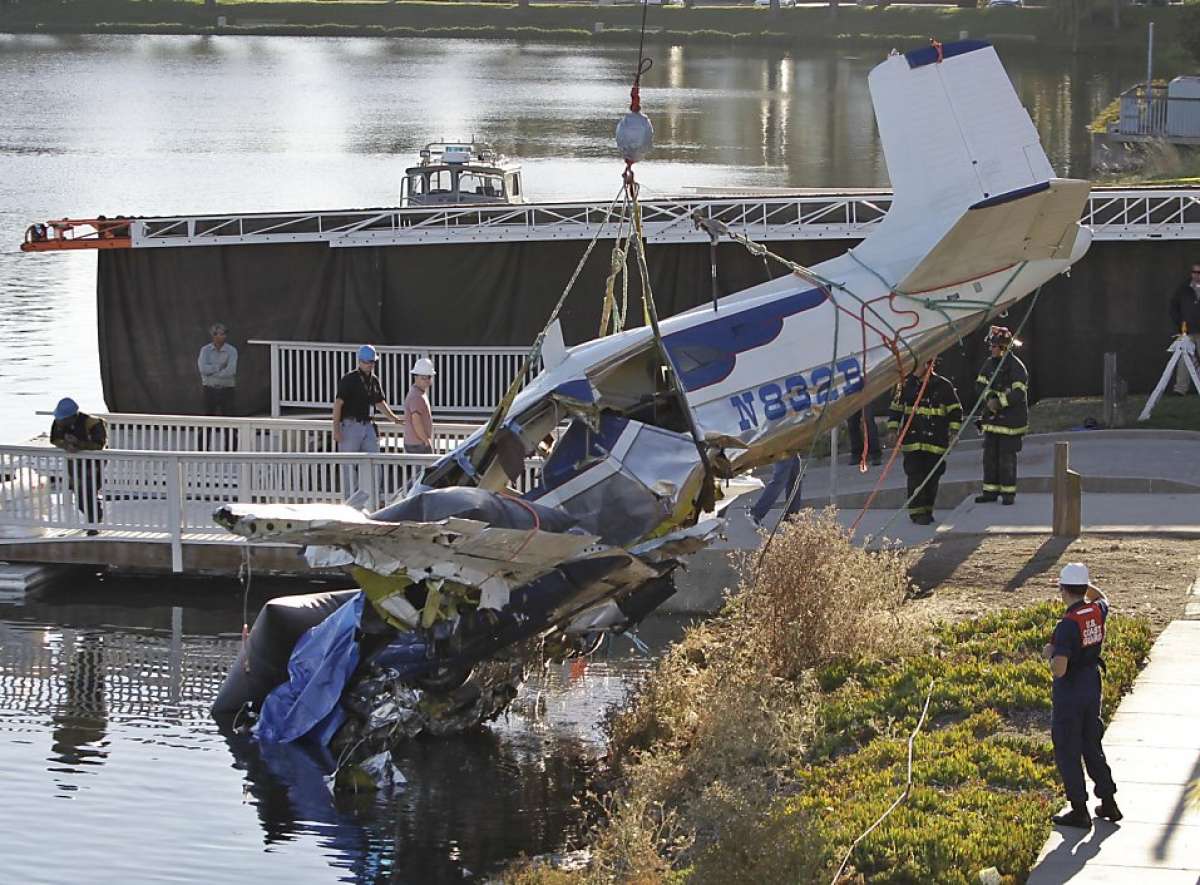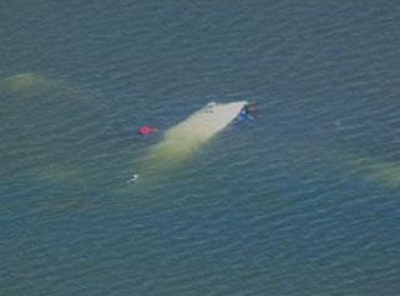Country
Operator Image
Crash of a Piper PA-31P-425 Pressurized Navajo in Monterrey: 2 killed
Date & Time:
Sep 12, 2011 at 1345 LT
Registration:
N69DJ
Survivors:
No
Schedule:
Monterrey - Monterrey
MSN:
31-7300155
YOM:
1973
Crew on board:
1
Crew fatalities:
Pax on board:
1
Pax fatalities:
Other fatalities:
Total fatalities:
2
Circumstances:
The twin engine aircraft was engaged in a local post maintenance test flight at Monterrey-Del Norte Airport. Shortly after takeoff, the airplane encountered difficulties to gain height when it stalled and crashed in a field located 500 metres past the runway end, bursting into flames. The aircraft was destroyed by fire and both occupants were killed.
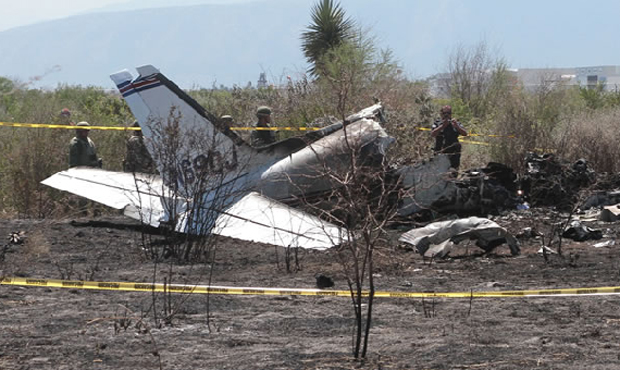
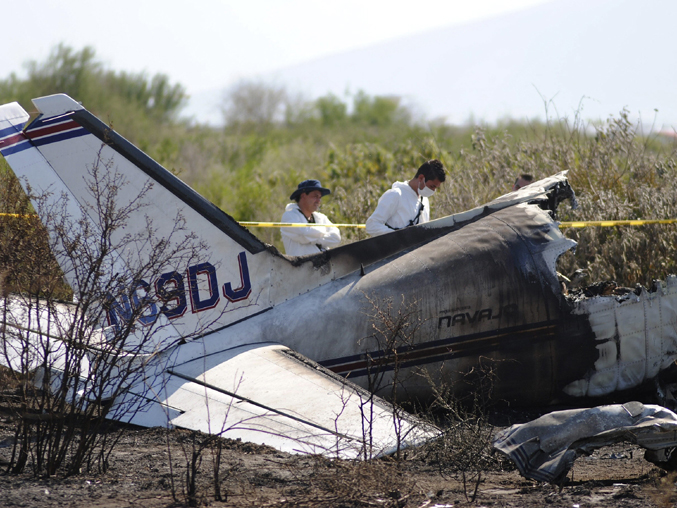
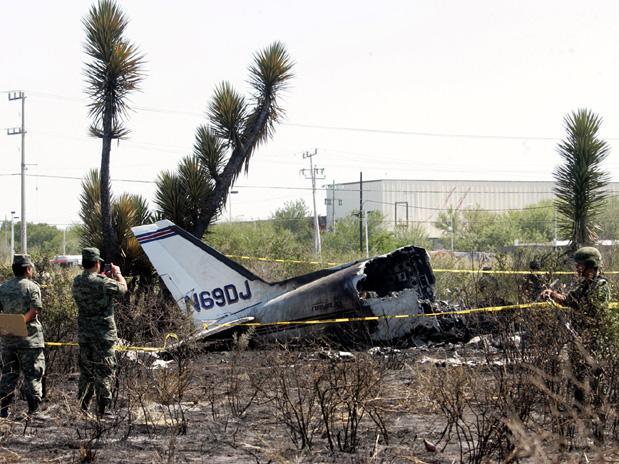

Crash of a Piper PA-31-350 Navajo Chieftain off Aguadilla
Date & Time:
Oct 27, 2010 at 1740 LT
Registration:
N350RL
Survivors:
Yes
Schedule:
Punta Cana - San Juan
MSN:
31-8252049
YOM:
1982
Crew on board:
1
Crew fatalities:
Pax on board:
0
Pax fatalities:
Other fatalities:
Total fatalities:
0
Captain / Total hours on type:
38.00
Aircraft flight hours:
4736
Circumstances:
The pilot stated he experienced a high temperature in the right engine and a partial loss of engine rpm while at 9,000 feet mean sea level in cruise flight. He requested and received clearance from air traffic control to descend and divert to another airport. He leveled the airplane at 2,500 feet and both engines were operating; however, the right engine experienced a loss of rpm which made it difficult to maintain altitude. The pilot reduced power in both engines, turned the fuel boost pump on, opened the cowl flaps and the engine continued to run with a low rpm. The pilot elected to ditch the airplane in the ocean, instead of landing as soon as practical at the nearest suitable airport, as instructed in the Pilot's Operating Handbook (POH). Additionally, he shut down the right engine before performing the troubleshooting items listed in the POH. He attributed his decision to ditch the airplane to poor single-engine performance and windy conditions. The wind at the destination airport was from 060 degrees at 6 knots and runway 8 was in use at the time of the accident. The airplane was not recovered.
Probable cause:
The pilot's improper decision to ditch the airplane after a reported partial loss of engine power and overheat on one engine for undetermined reasons.
Final Report:
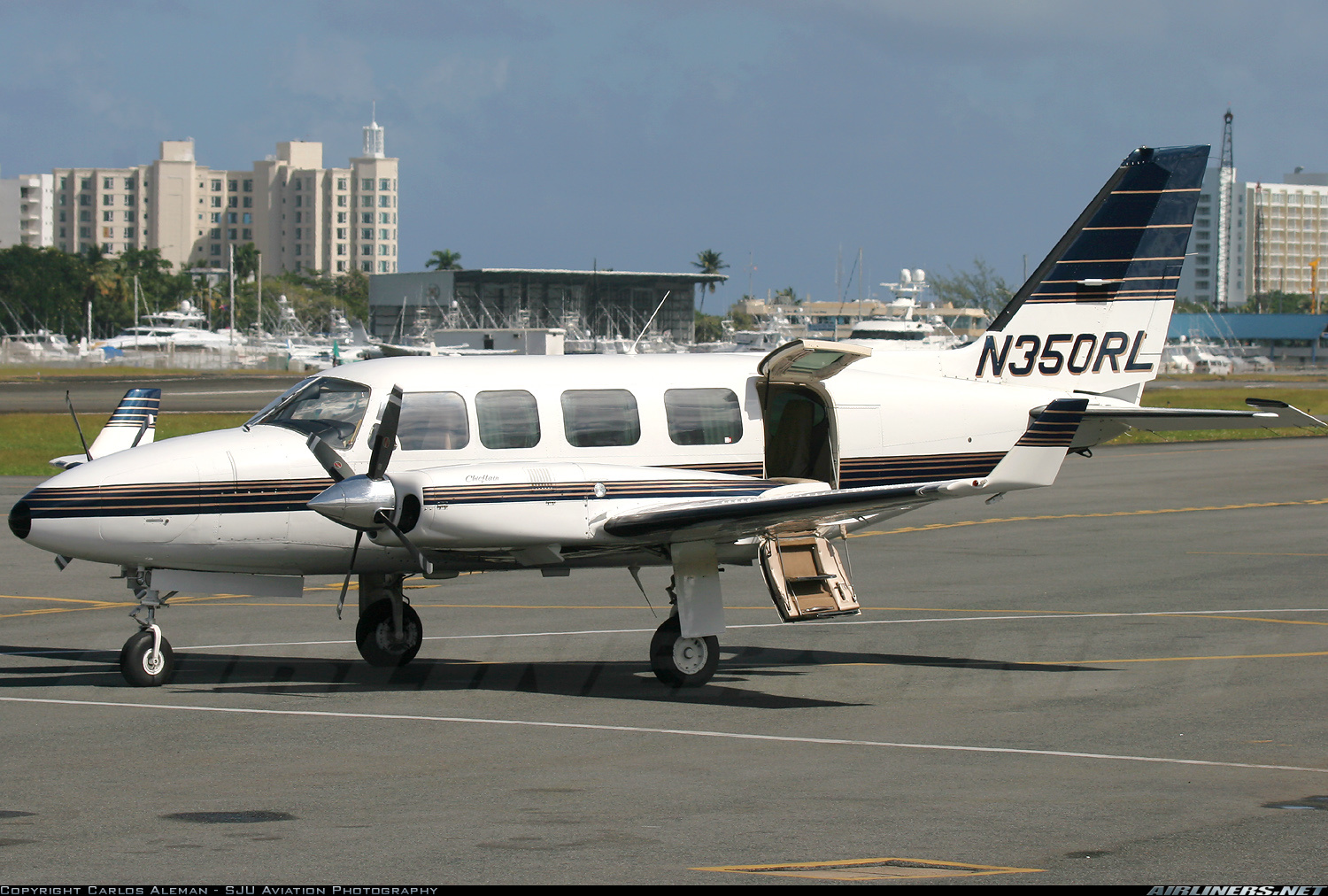
Crash of a Beechcraft 65 Queen Air off San Carlos: 3 killed
Date & Time:
Sep 2, 2010 at 1151 LT
Registration:
N832B
Survivors:
No
Schedule:
San Carlos - Santa Clara
MSN:
LC-112
YOM:
1961
Crew on board:
1
Crew fatalities:
Pax on board:
2
Pax fatalities:
Other fatalities:
Total fatalities:
3
Captain / Total hours on type:
6000.00
Circumstances:
Shortly after takeoff for a repositioning flight for the airplane’s upcoming annual inspection, numerous witnesses, including the two air traffic controllers, reported observing the airplane climbing out normally until it was about 1/2 mile beyond the runway. The witnesses stated that the airplane then underwent a short series of attitude excursions, rolled right, and descended steeply into a lagoon. All radio communications between the airplane and the air traffic controllers were normal. Ground-based radar tracking data indicated that the airplane's climb to about 500 feet was normal and that it was airborne for about 40 seconds. Postaccident examination of the airframe, systems, and engines did not reveal any mechanical failures that would have precluded continued normal operation. Damage to both engines’ propeller blades suggested low or moderate power at the time of impact; however, the right propeller blades exhibited less damage than the left. The propeller damage, witness-observed airplane dynamics, and the airplane’s trajectory were consistent with a loss of power in the right engine and a subsequent loss of control due to airspeed decay below the minimum control speed (referred to as VMC). Although required by the Federal Aviation Administration (FAA)-approved Airplane Flight Manual, no evidence of a cockpit placard to designate the single engine operating speeds, including VMC, was found in the wreckage. The underlying reason for the loss of power in the right engine could not be determined. The airplane's certification basis (Civil Air Regulation [CAR] 3) did not require either a red radial line denoting VMC or a blue radial line denoting the single engine climb speed (VYSE) on the airspeed indicators; no such markings were observed on the airspeed indicators in the wreckage. Those markings were only mandated for airplanes certificated under Federal Aviation Regulation Part 23, which became effective about 3 years after the accident airplane was manufactured. Neither the Federal Aviation Administration (FAA) nor the airplane manufacturer mandated or recommended such VMC or VYSE markings on the airspeed indicators of the accident airplane make and model. In addition, a cursory search did not reveal any such retroactive guidance for any twin-engine airplane models certificated under CAR 3. Follow-up communication from the FAA Small Airplane Directorate stated that the FAA has "not discussed this as a possible retroactive action... Our take from the accident studies is that because of the accident record with light/reciprocating engine twins, the insurance industry has restricted them to a select group of pilot/owners…" Toxicology testing revealed evidence consistent with previous use of marijuana by the pilot; however, it was not possible to determine when that usage occurred or whether the pilot might have been impaired by its use during the accident flight.
Probable cause:
A loss of power in the right engine for undetermined reasons and the pilot’s subsequent failure to maintain adequate airspeed, which resulted in a loss of control. Contributing to the loss of control was the regulatory certification basis of the airplane that does not require airspeed indicator markings that are critical to maintaining airplane control with one engine inoperative.
Final Report:
